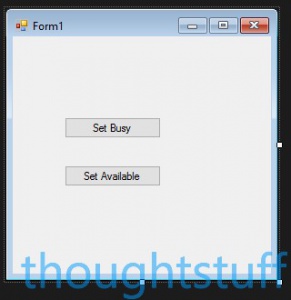

Entities can be managed in the Office-Portal, with scripts (PowerShell, etc.) or custom code (accessing the Microsoft API's), or in a hybrid scenario with AAD Connect or ADFS. Once a user is created in AAD, there are a bunch of user properties available, as the User Principal Name (UPN, which is the login name), the person's name and address data, Office 365 licenses, and more. Once logged in, users benefit from Single-Sign-On (SSO) experience with one single identity.Īll Office 365 products require such a user identity for sign-in. Automatic synchronizationĭepending on the Office 365 product, there are multiple stores for the user identity. For example, Exchange stores user properties in the user's mailbox, SharePoint is using it's own SQL database, Skype gets data from Exchange, Yammer from AAD, and so on. Since this is caused by the product's history, when they were "islands", the trick is that the central user profile gets synchronized to the different product stores automatically. Now, Microsoft is doing that in the background with sync services for each Office 365 tenant. Customers don't need (and cannot) do anything. These tasks are running in the background and Microsoft manages them. The good part is, the most important user profile data is available in the products automatically. So, let's have a look into the profile update and the product details of the user profile sync. Skype for business profile picture not updating update#

If (!$searchResult.ContainsProperty("adm-O365ObjectId")) $searchResults = $searchResultIterator.FetchAll()įoreach ($searchResult in $searchResults) $searchResultIterator = $searcher.ExecuteSearch() $searcher.SearchScope = "ADS_SCOPE_SUBTREE" In the script, the $propertyName variable specifies the LDAP name of the property from which to obtain user photos. To execute the script, create a custom command or scheduled task configured for the Organizational Unit or Container object type. The script uploads photos for multiple users located in a specific OU/container from an AD property to Microsoft 365. Upload image stored in AD attribute in bulk Set-UserPhoto $objectId.ToString() -PictureData $pictureBytes -Confirm:$False Import-PSSession $session -AllowClobber -DisableNameChecking -CommandName "Set-UserPhoto" $Context.LogMessage("User %fullname% has no photo in property $propertyName.", "Warning") $propertyName = "thumbnailPhoto" # TODO: modify me


 0 kommentar(er)
0 kommentar(er)
